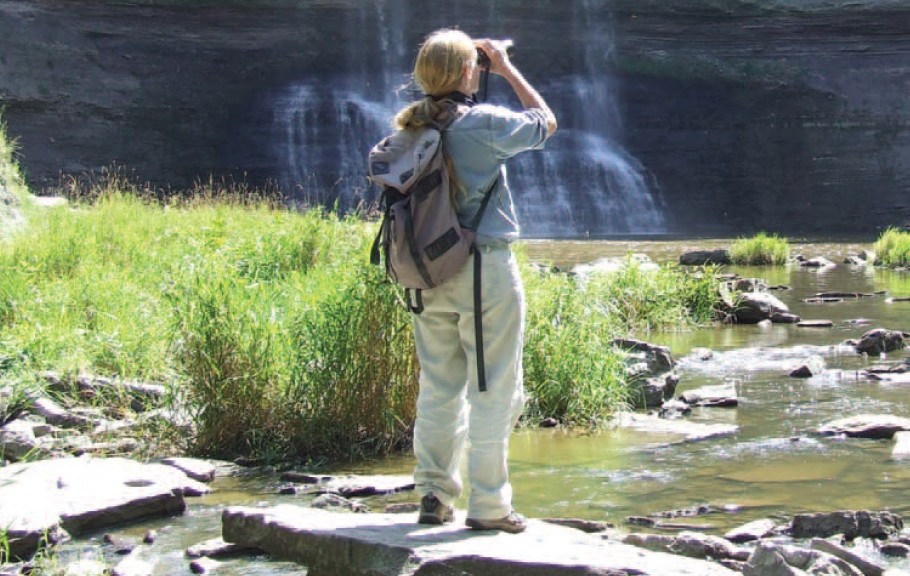 (To view our May/June 2015 issue of ClubWEST online, click here.)
(To view our May/June 2015 issue of ClubWEST online, click here.)
Niagara Peninsula Conservation Authority
By Katherine Grant
The population of Niagara is creeping upwards toward a half-million people spread out over its land mass of 1,850 sq. km. If not a completely crowded metropolis, parts of it certainly have become so.
Far less visible are the other inhabitants of Niagara, those which predate the arrival of settlers, those whose natural habitat has been reduced to a portion of what it once was.
Niagara is home to any number of rare species of trees, plants and animals. Spread out over 41 conservation areas in Niagara, and parts of Hamilton and Haldimand, for a total of 7,070 acres, is the Niagara Peninsula Conservation Authority which has stewardship of its watershed and is tasked with environmental protection and preservation.
“You don’t know how an ecosystem is functioning until it is damaged,” said Kelly Jamieson, restoration project lead with the NPCA. “Something that seems insignificant may not be. It is all connected in the end.”
The waterways are teaming with fish and turtles and the interior forests – much of it old growth – shelters birds, reptiles, amphibians and any number of rare plants. Tiny muli-coloured salamanders can be found hiding among the rocks and under leaves. Snapping turtles swim in the waters of Dils Lake.
Some of the conservation areas also have a rich history important to Niagara’s identity and culture. During surgery to trim away rotted portions of a Red Oak tree at Woodend in Niagara-on-the-Lake, musket balls fired during a battle of the War of 1812, were found embedded deep inside the tree.
Historically very cool – “but not very good for the chainsaw,” said a smiling Rob Kuret, Chippawa Creek park superintendent.
…
See the full article in our online edition.
